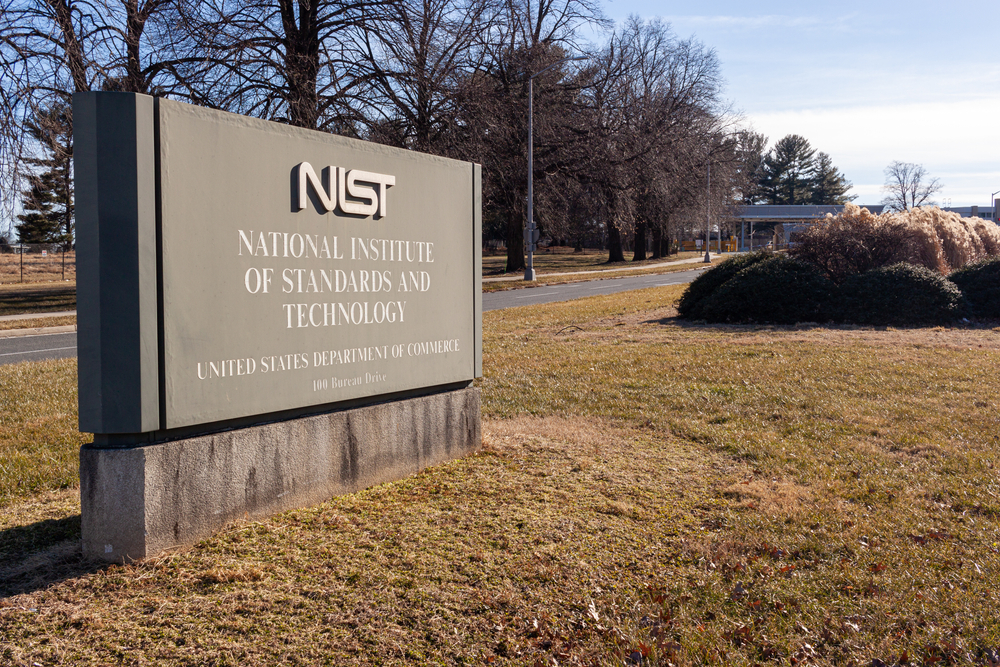Four new defenses against quantum codebreakers- POLITICO
With help from Derek Robertson
The ability to pay for something with a credit card online is something we now take for granted, but in the not-too-distant future, quantum computers might be able to crack the encryption that protects these payments from spies and cyber criminals.
The encryption-breaking power of these quantum computers, while likely still decades away, already has the National Security Agency worried about the United States’ enemies accessing classified secrets.
As we’ve reported in this newsletter, multiple arms of the federal government are trying to find fixes.
The House of Representatives today passed a bill aimed at accelerating the government’s use of encryption algorithms that quantum computers would struggle to break with currently known methods, in part out of fear that an adversary might “steal sensitive encrypted data today using classical computers, and wait until sufficiently powerful quantum systems are available to decrypt it.”
In May, President Joe Biden issued a national security memorandum declaring that a powerful quantum computer would “jeopardize civilian and military communications, undermine supervisory and control systems for critical infrastructure, and defeat security protocols for most Internet-based financial transactions.”
Nobody knows for sure if such a quantum computer is five years away, 20 years away or a dream that will never be realized. But the National Institute of Standards and Technology is coordinating efforts to develop new encryption algorithms so that the government will be ready. On July 5, NIST announced the selection of the first four of those algorithms.
“We’re not waiting for something to be broken,” Matthew Scholl, the chief of NIST’s Computer Security Division, told me in an interview a few days before the announcement.
Quantum computers aren’t superior to classical ones in any general sense, but they can (in theory) quickly solve particular types of problems, including breaking large numbers into their prime factors. (It’s a lot easier…


